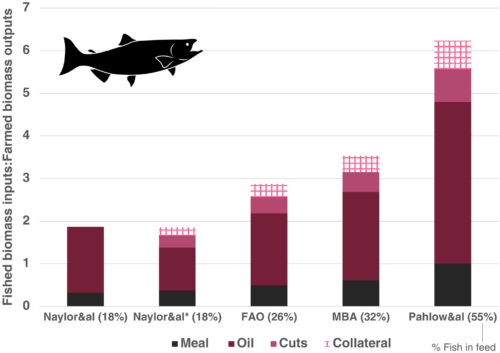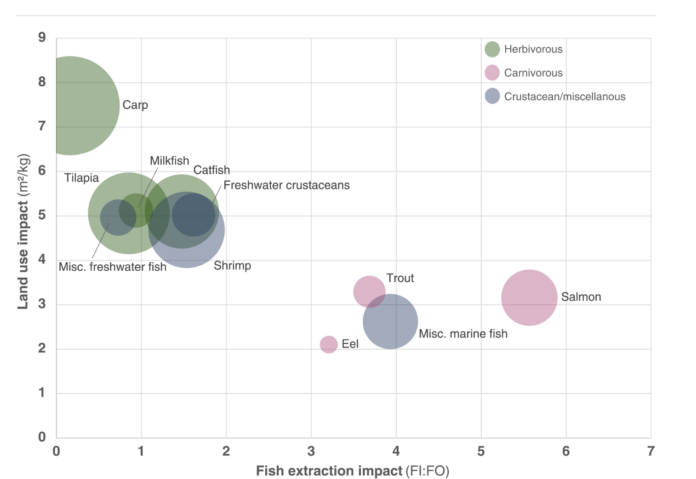A new study published in Science Advances has found that the global aquaculture industry, including salmon farming, may rely on significantly more wild-caught fish than previously estimated.
Led by scientists from the University of Miami Rosenstiel School of Marine, Atmospheric, and Earth Science, the study challenges long-held assumptions about the sustainability of fish farming and suggests a substantial impact on wild fish populations.

The research revises the “fish-in” (FI) ratio—a key metric for measuring the efficiency of aquaculture. The study found that wild fish inputs into aquaculture are between 27% and 307% higher than previous estimates, with the ratio ranging from 0.36 to 1.15 compared to earlier estimates of 0.28. For carnivorous species like salmon, trout, and eel, the wild fish inputs often exceeded double the amount of farmed fish biomass produced.
“Our study shows that the aquaculture industry relies more heavily on wild fish extraction than previously thought,” said Spencer Roberts, the study’s lead author and a doctoral student at the Rosenstiel School.
The researchers accounted for previously overlooked sources, including wild fish trimmings and byproducts, and also highlighted the practice of “slipping,” where unwanted catch is released but often does not survive. The study calls for greater transparency and comprehensive reporting of feed ingredients used in aquaculture, warning that policies promoting aquaculture expansion on sustainability grounds may need reconsideration.
Jennifer Jacquet, a co-author of the study, emphasized that earlier assumptions about the sustainability of carnivorous aquaculture were overly optimistic. “This study highlights the need to rethink which aquatic species are most suitable for mass production,” she said.


